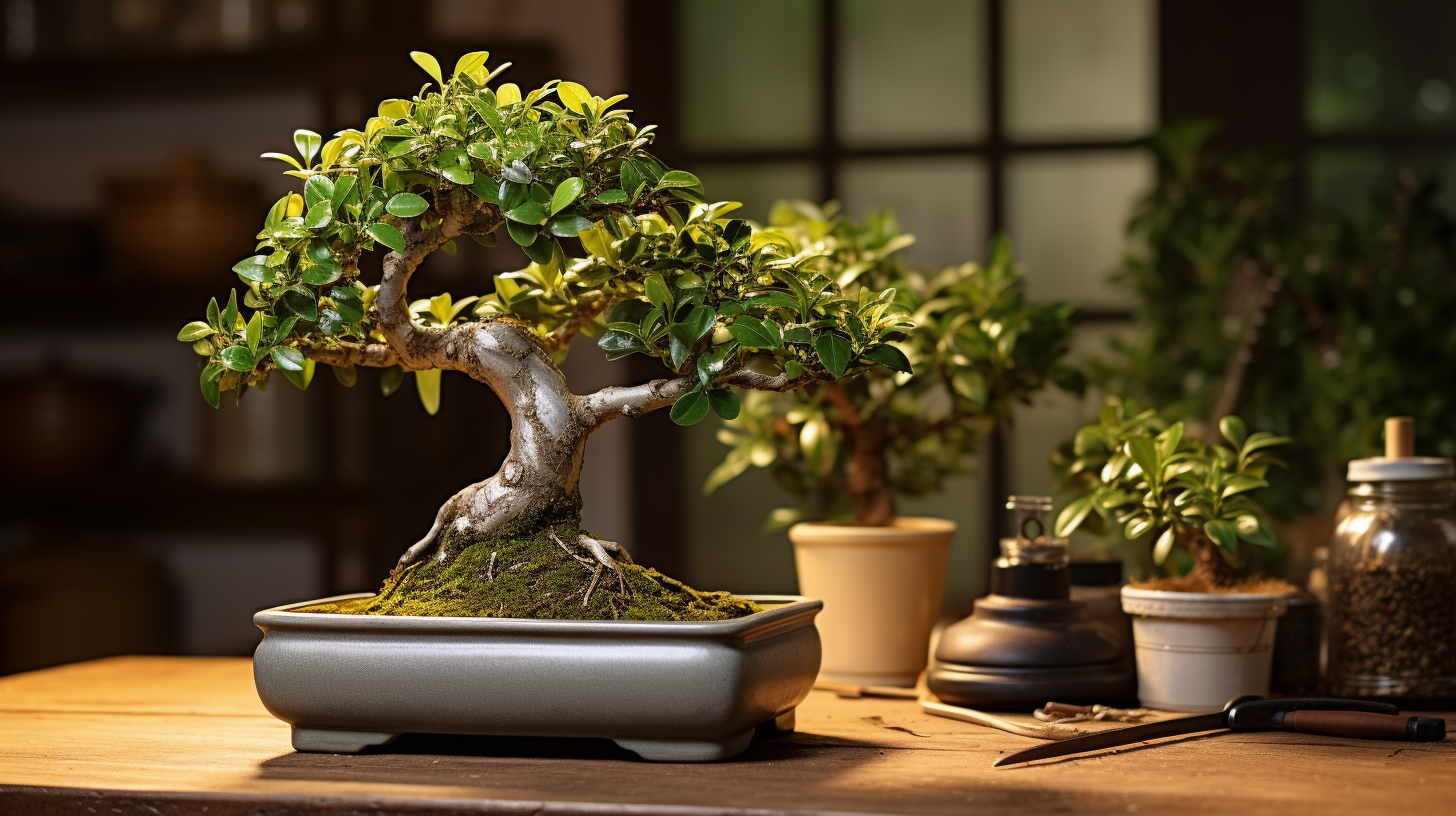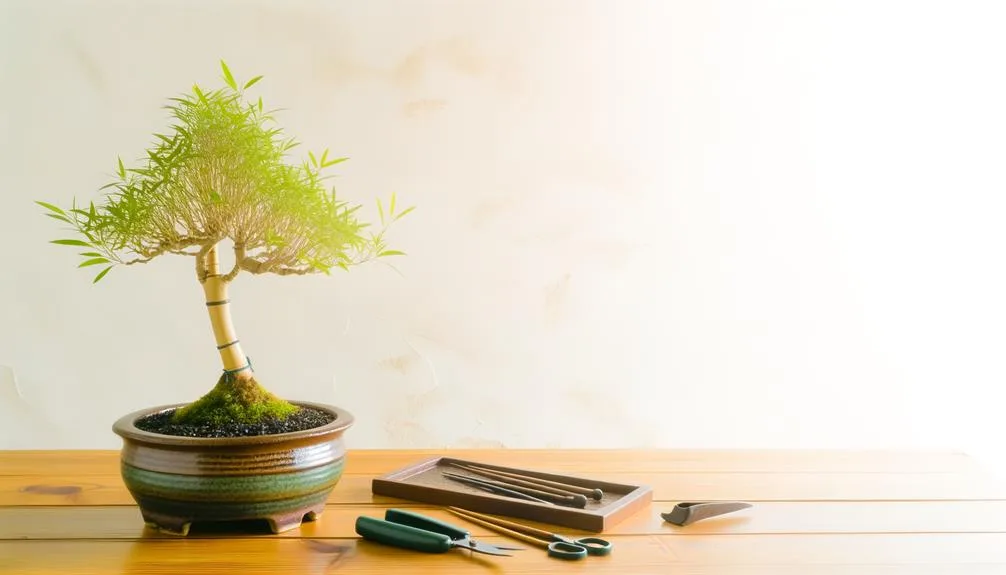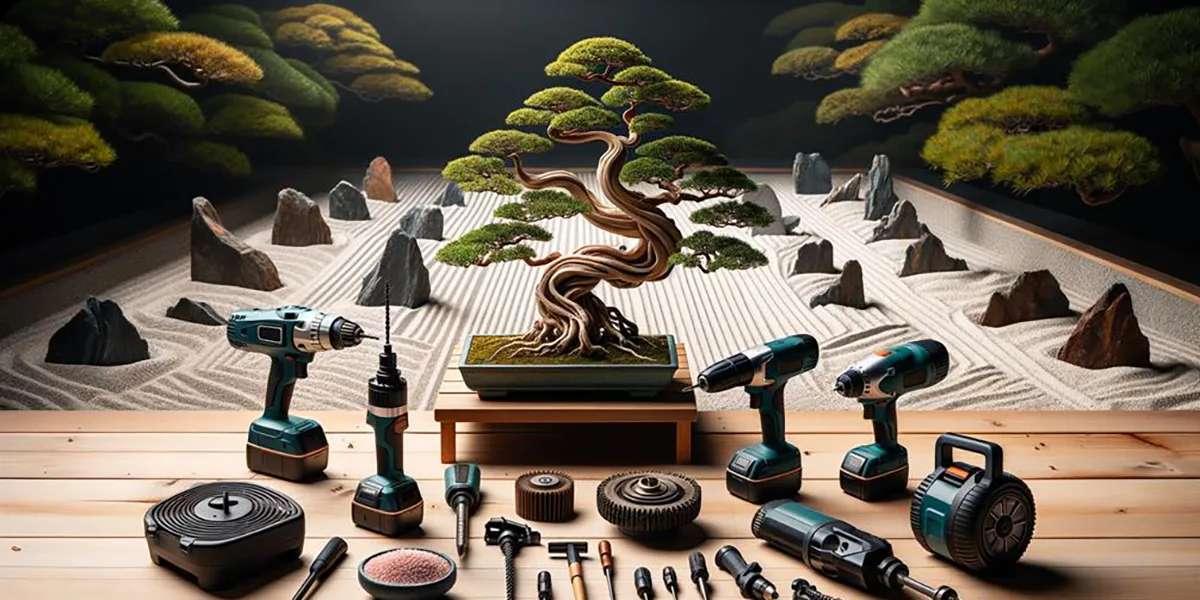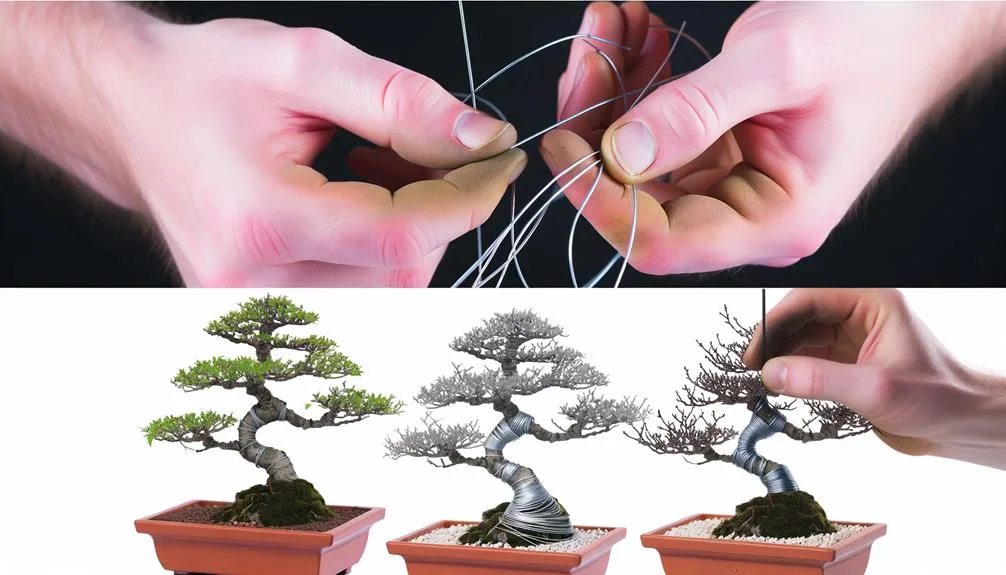Intro To Ficus Bonsai Care
The Ficus Bonsai, a miniature yet majestic embodiment of nature’s artistry, captivates enthusiasts worldwide. This guide provides an in-depth look at nurturing these delicate plants, emphasizing their unique care needs. Ficus Bonsai, renowned for their robustness and adaptability, still require specific attention to thrive, particularly in an indoor environment.
Key Takeaways
- Watering Needs: Water your Ficus Bonsai when the topsoil feels dry. Avoid overwatering to prevent root rot.
- Soil Requirements: Use a well-draining soil mix. A blend of akadama, pumice, and lava rock is ideal for Ficus Bonsai.
- Pruning Techniques: Regular pruning is crucial for both the health and aesthetics of your bonsai. Spring is the best time for pruning.
- Sunlight and Temperature: Ficus Bonsai prefer bright, indirect light and stable temperatures between 60 to 75 degrees Fahrenheit.
- Repotting Schedule: Repot your Ficus Bonsai every two to three years in early spring to maintain a healthy root system.
- Fertilization: Fertilize every two to four weeks during the growing season with a balanced, water-soluble fertilizer, diluted to half strength.
- Pest Management: Regularly inspect for pests like spider mites, aphids, and scale insects. Use insecticidal soap or neem oil for treatment.
- Addressing Leaf Loss: Leaf loss can be due to watering issues or environmental changes. Adjust care routines accordingly and inspect for pests.
- Bonsai Varieties: Different Ficus Bonsai varieties like Ficus retusa and Ficus benjamina have unique characteristics but similar care needs.
- Propagation: Propagate Ficus Bonsai through cuttings, planting them in well-draining soil and keeping them in warm, bright conditions.
Essential Tips for Ficus Bonsai Care
Optimal Watering Practices for Ficus Bonsai
Watering is a critical aspect of Ficus Bonsai care. The frequency and amount of watering depend on various factors like the size of the bonsai, the size of the pot, and the ambient temperature and humidity. As a general rule, the soil should be kept slightly moist but never waterlogged. Overwatering is a common pitfall that can lead to root rot, a serious health issue for the plant. It’s best to check the topsoil – if it feels dry to the touch, it’s time to water your bonsai.
Selecting and Preparing the Ideal Soil for Ficus Bonsai
Soil selection is crucial for the health of your Ficus Bonsai. A well-draining soil mix, typically a blend of akadama, pumice, and lava rock, is recommended. This combination ensures adequate drainage and aeration, preventing issues related to overwatering. The soil should also retain enough moisture to support the tree’s needs between watering sessions. Preparing the right soil mix is a balancing act that can significantly impact the health and growth of your Ficus Bonsai.
Pruning and Shaping Your Ficus Bonsai
Methods for Pruning and Shaping
Pruning is not just about maintaining the size of your Ficus Bonsai; it’s also crucial for its aesthetic and health. Regular pruning encourages the plant to grow more foliage, thus contributing to a denser and more attractive canopy. There are two types of pruning: maintenance pruning, which involves removing unwanted or overgrown branches, and structural pruning, which is more about shaping the bonsai to your desired style. It’s important to use sharp, clean tools for pruning to avoid damaging the plant. The best time to prune your Ficus Bonsai is typically in the spring when the plant is entering a period of active growth.
Maintaining the Health and Appearance of the Bonsai
While pruning is vital for shape and aesthetics, it also plays a significant role in the health of your Ficus Bonsai. Removing dead or dying branches helps prevent disease and pest infestations. Additionally, thinning the canopy allows light and air to reach the inner leaves, promoting healthier growth. Regular pruning also helps in identifying any potential health issues early, such as signs of pests or diseases. When pruning, always look for leaves that are discolored or misshapen, as these can be early indicators of health problems.
Sunlight and Temperature Needs
Explaining the Sunlight Requirements for Healthy Growth
Sunlight is a fundamental element for the growth and vitality of Ficus Bonsai. These plants prefer bright, indirect light. Direct sunlight, especially during the harsher midday hours, can scorch the leaves, while too little light may lead to weak growth and loss of leaves. Ideally, a Ficus Bonsai should be placed near a window that receives plenty of natural light but is shielded from direct afternoon sun. If natural light is insufficient, especially in the winter months, consider using grow lights to provide the necessary spectrum of light.
Regulating Temperature and Humidity for Ficus Bonsai
Ficus Bonsai thrive in a stable environment with consistent temperatures. They are sensitive to drafts and sudden temperature changes, which can cause leaf drop. The ideal temperature range for a Ficus Bonsai is between 60 to 75 degrees Fahrenheit (15 to 24 degrees Celsius). In terms of humidity, Ficus Bonsai prefer a higher humidity environment. If you’re keeping your bonsai indoors, particularly in air-conditioned spaces, it’s beneficial to use a humidity tray or occasionally mist the plant to maintain adequate humidity levels.
Repotting and Fertilization
Guidelines on When and How to Repot Your Ficus Bonsai
Repotting is an essential part of Ficus Bonsai care, crucial for maintaining a healthy root system. Generally, a Ficus Bonsai needs to be repotted every two to three years. The best time for repotting is early spring, before the onset of the growth season. When repotting, carefully remove the tree from its pot and trim the outer roots. Be sure not to remove more than one-third of the root mass. After trimming, place the bonsai in a slightly larger pot with fresh soil mix, ensuring proper drainage.
Selecting Appropriate Fertilizers and Their Application Frequency
Fertilization is key to providing your Ficus Bonsai with the necessary nutrients for growth. During the growing season, from spring to autumn, fertilize your bonsai every two to four weeks. Use a balanced, water-soluble fertilizer, diluted to half the recommended strength. In the winter months, reduce the frequency of fertilization as the plant’s growth slows down. Over-fertilizing can harm your bonsai, so it’s important to follow the recommended frequency and concentration.
Addressing Common Pests and Health Challenges
Managing Common Pests Found on Ficus Bonsai
Pests can be a challenge for any plant, and Ficus Bonsai are no exception. Common pests include spider mites, aphids, and scale insects. These can usually be identified by discolored or sticky leaves. To combat these pests, use a gentle insecticidal soap or neem oil, applying it carefully according to the product instructions. Regularly inspecting your bonsai for pests and taking prompt action at the first sign of infestation is key to maintaining a healthy plant.
Strategies for Handling Health Issues Like Leaf Loss
Leaf loss can be alarming, but it’s a common issue that often has a straightforward solution. Over-watering, under-watering, or a sudden change in temperature or lighting can cause leaf loss. Ensure that your watering schedule is consistent and adjust it according to the season. If leaf loss persists, check for other signs of distress, such as pests or diseases. Regular care and observation are vital in preventing and addressing these health challenges.
Varieties of Ficus Bonsai and Propagation Techniques
Describing Different Ficus Bonsai Varieties
The Ficus genus encompasses a wide range of species, each with its unique characteristics. Popular varieties for bonsai include Ficus retusa, known for its thick trunk and glossy leaves, and Ficus benjamina, notable for its weeping form. Each variety has its specific care requirements, but the general guidelines for care remain consistent. Understanding the specific needs of your Ficus Bonsai variety can enhance your success in caring for it.
Basic Steps for Propagating Ficus Bonsai
Propagation is a rewarding way to expand your bonsai collection. The most common method for propagating Ficus Bonsai is through cuttings. Select a healthy branch, cut it with a clean, sharp tool, and plant it in a well-draining soil mix. Keep the soil moist and place the cutting in a warm, bright location, avoiding direct sunlight. With patience and proper care, the cutting will develop roots and can eventually be trained as a new bonsai.
Summing Up
Caring for a Ficus Bonsai is a fulfilling endeavor that combines art and horticulture. By following the guidelines outlined in this guide – from watering and soil selection to pruning, sunlight and temperature management, repotting, fertilization, and pest control – you can ensure the health and beauty of your Ficus Bonsai. Remember, each bonsai is unique, and part of the joy is learning and adapting to the needs of your specific plant.
Whether you are a seasoned bonsai enthusiast or a beginner, the journey of caring for a Ficus Bonsai is one of continuous learning and discovery. Embrace the process, and watch as your Ficus Bonsai flourishes, becoming a living testament to your care and dedication.
Frequently Asked Questions
How often should I water my Ficus Bonsai?
Water your Ficus Bonsai when the top inch of soil feels dry. This frequency can vary based on factors like the size of the bonsai, the pot, and the ambient humidity and temperature. Overwatering can lead to root rot, so it’s crucial to ensure the soil is not consistently waterlogged.
What are the signs of overwatering in Ficus Bonsai?
Signs of overwatering include yellowing leaves, a mushy trunk, and a damp, musty smell from the soil. If the leaves start dropping off despite the soil being wet, this is another indication of overwatering.
Can Ficus Bonsai be kept indoors year-round?
Yes, Ficus Bonsai can be kept indoors throughout the year. They thrive in stable indoor environments with bright, indirect light. However, they should be protected from drafts and extreme temperature fluctuations.
What are the best pruning techniques for Ficus Bonsai?
The best pruning techniques involve regularly trimming back new growth to maintain the shape of the bonsai. Use clean, sharp tools for pruning. Structural pruning, for shaping the bonsai, is best done in the spring, while maintenance pruning can be done throughout the year as needed.
How do I deal with pests on my Ficus Bonsai?
If you notice pests like spider mites, aphids, or scale insects, treat your Ficus Bonsai with a gentle insecticidal soap or neem oil. It’s important to apply the treatment carefully and as directed on the product label. Regularly inspecting your bonsai and keeping it healthy are key to preventing infestations.




